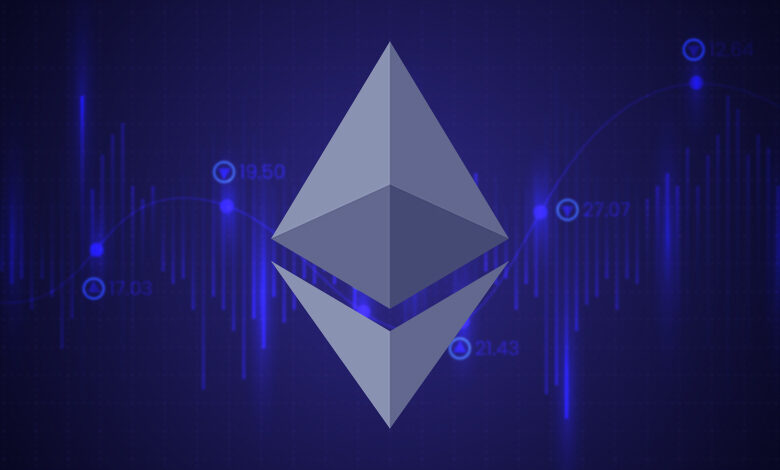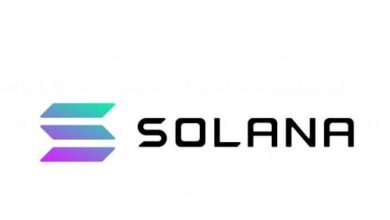Ethereum Core Developers Spark Momentum with ‘Pump the Gas’ for Gas Limit Increase

In a bid to propel Ethereum’s scalability, developers have initiated effort to raise the blockchain network’s long-static gas limit.
Core Ethereum developer Eric Connor and former head of smart contracts at MakerDAO, Mariano Conti, unveiled the ‘pump the gas‘ initiative on March 20, advocating for an increase in the Ethereum gas limit from 30 million to 40 million. They assert that this adjustment will effectively reduce transaction fees on layer 1.
“The proposed increase can result in a 15% to 33% reduction in layer-1 transaction fees,” stated Connor in a post on X, emphasizing the potential benefits of the adjustment. The campaign has garnered support from various quarters within the Ethereum community, with the #pumpthegas hashtag gaining traction among users, stakers, and DeFi investors.
The push to amplify the Ethereum gas limit has been gathering momentum over recent months. Ethereum co-founder Vitalik Buterin advocated for raising the gas limit from its long-standing threshold of 30 million, proposed since August 2021, to 40 million in January. This call found resonance among Ethereum stakeholders, including base contributor Jesse Pollak, who expressed strong support for the increase, citing ample network headroom and the potential benefits for all parties involved.
The Ethereum gas limit refers to the maximum amount of gas allocated for executing transactions or smart contracts within each block. Gas serves as the fee required to conduct transactions or execute smart contracts on the Ethereum network, according to Cointelegraph.
The initiative’s website showed that each operation incurs a predefined gas cost, with contracts having a gas limit they cannot surpass during execution. This mechanism safeguards the network against malicious contracts that could overload it with infinite loops or excessive resource consumption.
By augmenting the gas block limit by 33%, Layer 1 Ethereum gains the capacity to process 33% more transaction load daily, as outlined on the website. Additionally, the introduction of data blobs in the Dencun upgrade with EIP-4844 has been highlighted as a complementary measure to reduce layer-2 transaction fees. However, it’s emphasized that this improvement does not directly impact layer-1 fees, hence the necessity for a combined approach involving both blobs and a gas limit increase to scale both Layer 1 and Layer 2 Ethereum.
Despite the fervor surrounding the initiative, not all voices within the Ethereum ecosystem echo the sentiment. Venture investor and Ethereum advocate Evan Van Ness expressed reservations about raising the mainnet gas limit, citing the recent increase in block size through EIP-4844 as a factor to consider.
Earlier concerns raised by Ethereum developer Marius van der Wijden regarding the potential implications of the gas limit raise on the blockchain state, particularly in terms of accessibility and modification speed, also underscore the complexity of the decision. The prospect of increased hardware loads and heightened vulnerability to network spam and attacks further highlights the multifaceted nature of the debate surrounding Ethereum’s scalability.
As Ethereum developers and stakeholders navigate the complexities of network optimization, the push to enhance scalability underscores the community’s collective commitment to realizing Ethereum’s full potential as a leading blockchain platform.





